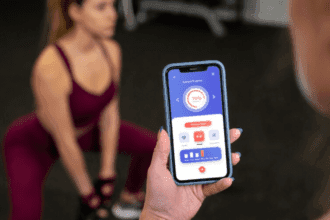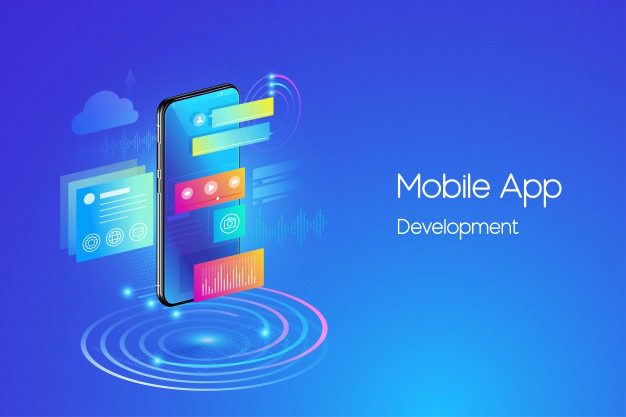
Customer feedback entails the task of understanding how your customers feel about your brand and its offerings. The feedback provided by the customer helps identify what went wrong and what was it that the customers liked. This allows the brand to step into the customer’s shoes to identify strong and weak areas, work on improving them and come up with better services that are tailored to suit the customer’s needs. To achieve this, effective feedback collection mechanisms such as survey software need to be used to gather accurate and genuine customer feedback.
Why bother collecting customer feedback?
Customers are the people who have experienced the brand services and their feedback can be used to understand what appeals to the target audience in the current scenario and what bothers them. By clicking here, you can generate profound insights and rapidly analyze vast amounts of customer feedback data within minutes. Such data assist large organizations in adapting to the ever-changing market dynamics and evolving preferences, ensuring their offerings remain relevant and preventing them from becoming obsolete.
Gathering customer feedback also shows them that you care about them and value their opinion as being a meaningful part of your decision-making process. Brands cannot function in a solitary manner and need to constantly interact with their audiences to engage and build long-term relationships.
Using valuable customer feedback, companies can identify opportunities for growth and can consequently expand market share by innovating in a flat and stable market.
Brands also strengthen their competitive footing by taking the initiative to know their customer in order to serve them better. Feedbacks convey the ideas and features that appeal to the customers and brands accordingly strategies that nudge the target customers towards engaging with the brand.
Breaching communication barriers
Customer opinions when summarized usefully can be used as market knowledge for making decisions that push the brand in the right direction. It is a more prudential approach to market planning than assuming that whatever the brand offers will interest the buyers.
Customer experience is a priority for any company functioning in today’s competitive business world. Survey software allows users to make their research process easier. Using multiple question types, invitations, collection methods, and analytical tools, gathering market data on any topic is more seamless now, than ever. Moreover, there are multiple user options and presentation tools to ensure comprehension of the gathered information in the most efficient manner possible.
Focusing on the right audience is key to gaining hold of the right information that allows for increased accuracy.
Brands should know the subset of the target audience which is actually interested in their brand and its products and has availed their services. Gathering unbiased qualitative and quantitative data becomes an easy task when you know that the participant has a genuine interest in the matter of the study and their knowledge base allows them to provide great value addition through relevant inputs.
Customer knowledge should not be considered an activity that should be performed for the sake of it. Rather it is a multidimensional task that can make or break organizations.
Put your customer first
Apple uses a simple customer feedback mechanism of gathering NPS scores to measure customer satisfaction. It’s a simple question they ask using a customer experience tool: On a scale of 1-10, how likely are you to recommend our brand to a connection?
This just goes to show that no matter how big the brand, every organization that depends on a set of target customers to run their business needs customer feedback.
These customers are themselves willing to come forward to express how they feel about their favourite brand. It gives them a chance to speak out and have a say. This creates a feeling of a community where customers’ opinions are valued and considered for taking important decisions that affect organizational performance.
Customers are dissatisfied when not given a chance to convey how they feel. It makes their brand experience restricted to product purchasing and leads to one-way communication.
Every brand should take interest in customer thoughts and viewpoints. Providing platforms to share ideas, point flaws, register complaints, give ratings or simply reach out can go a long way. This data must be segregated, processed, analysed using appropriate tools and summarized in a manner that makes it possible to evaluate.
A survey software allows its user to design effective question types using a plethora of options and customizable look and feel. This then gets distributed to the right target audience through multiple channels for maximizing response rates. Modified accessibility prevents fallouts. The data gets monitored in real-time and the final output gets analysed with suitable options. Finally, the information gets presented using rich charting options that make it visually appealing and allow for proper understanding.
It is imperative that gathering information and customer-relevant knowledge gets translated into the right kind of action. Research is of no use unless followed upon through actions.
Plan and strategize company actions based on market knowledge. Fix problems to maximize customer satisfaction and ensure a pleasant experience. No matter how small a change, if it is fixable and feasible, do it. These are the changes that will catch the eye of customers and improve their next experience with the brand.
Using an online survey tool in the correct way can maximize the efficacy with which the brand works. Updating market knowledge from time to time puts the brand on the driver’s seat to decide what sticks and eliminate areas that are a waste of resources.








